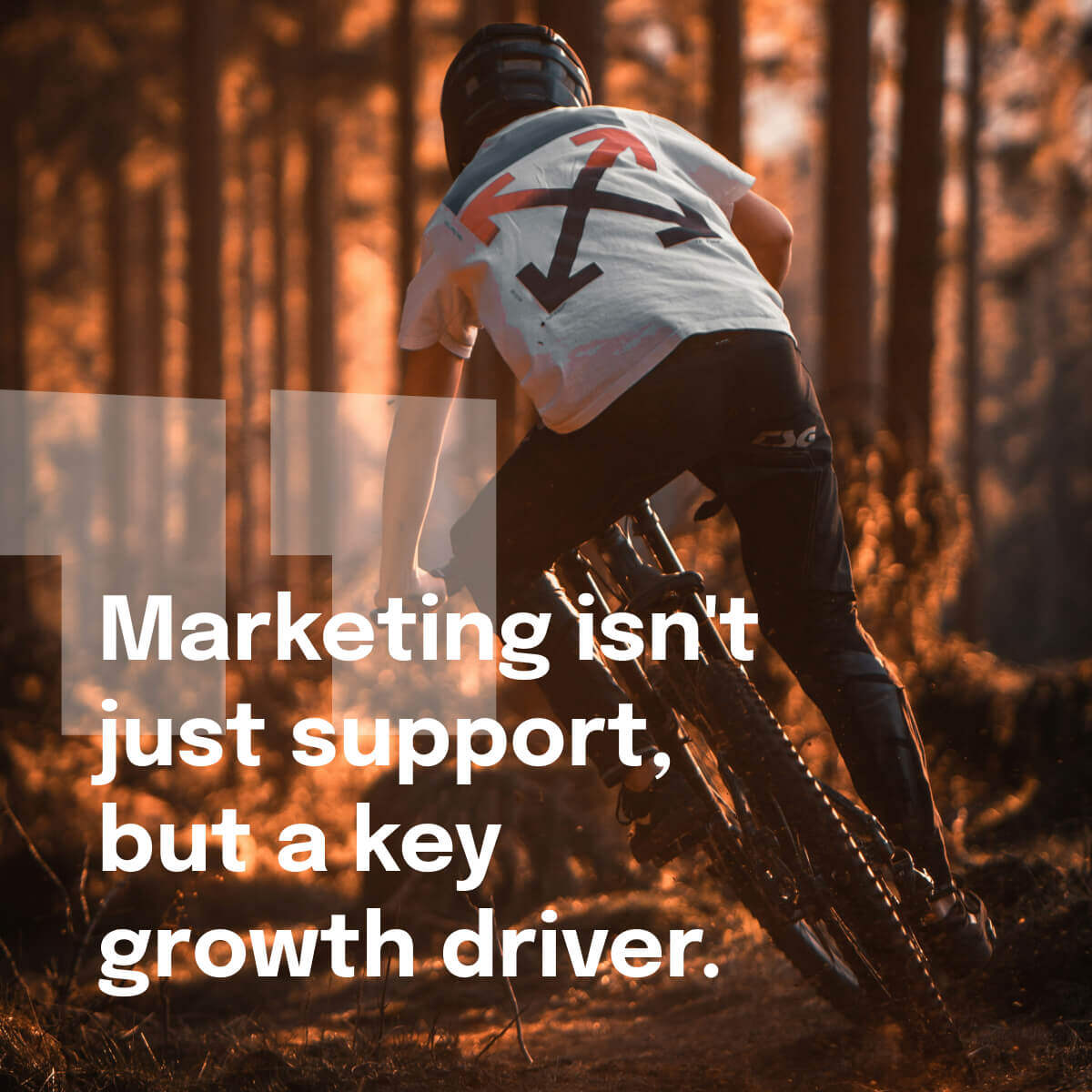Do you feel that you are currently sitting in that “grey area” on how or where you should be kicking off your growth marketing? Well, here is your first step – validate your offering.

Growth is a vital and necessary part of every company, yet, running with your head down into growth marketing can be dangerous. Fortunately for you, less so for us, we learned a few lessons the hard way. So, we are here to tell you that if you are looking to kick off growth for your SaaS product start with validating your proposition before jumping head first into growth marketing. Let me explain.
SaaS Validation - Nailing your offering fuels SaaS Growth
The saying “running before you can walk” holds its place here. As frustrating as it may sound to every impatient and success-hungry entrepreneur, you have to take some time to make sure your idea holds together. So, before any growth marketing can take place it is vital to validate your concept, positioning, audience and/or brand.
Why?
Because this validation not only will save you time and money, but will act as your backbone and baseline for confirmations offering you a scope to focus on. Focus is exactly what you need for aligned and effective marketing efforts. However, it often feels like startups don’t have time for focus.
As a development agency, we see this all the time: customers coming to us with a fresh idea they have not yet fleshed out: they are lacking a value proposition, they have no brand identity, a vague idea of the target audience, and a product that is “almost ready”. At the same time, they are always hungry for leads and immediate sales.
We took our chances a few times, hitting the road running with the hope that “we’ll figure it out on the way”. And, well, to put it short: it never worked. Not for us and definitely not for our client.
In these cases, trying to act fast did just the opposite. Growth was stunted, as wrong versions of the value proposition were used and wrong assumptions were made about the audience. Also, as the elements of the brand were changed on the go, marketing had to go back to the drawing board with all the materials each time changes were made.
Not only did this impact the direction of the marketing but it also created a negative image on the target audience. Money was lost as campaigns had to be rebooted and the same work was done several times.
All of this resulted in many hours being lost trying to establish a growth marketing position, rearranging strategy, making sense of non-aligned content, and too generic an audience with low-value creatives created.
So, before you start investing in sales and marketing – make sure you know what you are selling. Take the time to validate your offering.
Once you have your value prop in place - How not to get lost? Make a plan. Draft a Growth Strategy.
When you know what you are doing (what you are selling and to whom) – you will be able to develop a specific plan of action on what needs to be achieved. Don’t just start throwing marketing efforts left, right and centre or even thinking “this is what we need” without having confirmations on where you should focus your efforts.
You need a clear, step-by-step plan for growth. Otherwise you’ll get distracted on the way. Growth Strategy, just as concept validation, is the essential thing to complete before running into growth marketing. Clear strategy will help you understand what you want to achieve and how to get there.
For most businesses, growth marketing equals lead generation. Yet, there are multiple different paths to take and test in order to find the very perfect mix of customer acquisition channels. And that testing takes time and resources. A validated Growth Strategy is the way to optimise the spend of your resources: people, time and money in order to get valuable learnings as fast as possible. With a validated concept and plan in place for growth, you will be able to see which tactics you need to implement first.
Illustrating this from experience, our client was hungry for leads. Yet, the leg work beforehand hadn’t been done. We served the customer and jumped straight into lead generation campaigns, with a completely new brand, vague audience and no website traffic.
This essentially meant we were working hard at delivering marketing efforts to a market that didn’t understand what we were marketing.
We were trying to speak to an audience who had no recognition of the need we were assuming they had whilst using lead generation tactics to try and create interest from an audience who never held the interest.
This led us to have a far too broad target audience and produce low-value lead-gen content that just wasn’t working. We tried to sell a product that nobody understood or trusted. There was no demand.
The audience did not realise they had a problem, and that there was a solution to it. We took a shortcut, and it worked in reverse. However, what we did find was that the blogs we created from interviews with thought leaders held a greater positioning of brand awareness and were far more successful than anything else we did.
One key thing: marketing should cooperate with the sales team
Working closely with the sales team is critical to the success of any marketing effort. It is a common issue that marketing and sales teams are working in silos. Marketing and sales teams have different objectives; marketing focuses on generating leads, creating awareness, and building brand recognition, while sales focus on converting those leads into customers and closing deals.
These differences in goals and attitudes often lead to wasted potential. You need to make your sales team talk to marketing. Sales hold most of the information about your customers, sharing this knowledge with marketing will unlock growth potential.
A better understanding of the customer means better content, relevant ads, more precise targeting and eventually higher conversion rate.
The purpose of creating strong cooperation with sales is to prompt a seamless experience with the target audience and to boost sales efforts.
Practically speaking, this means understanding the language the sales team uses with prospects, the activities they do in their day-to-day and essentially their overall sales process. Any events or plans they have pencilled into their diaries can create a key focus for marketing efforts.
Looking back at our most successful growth cases so far, we can see that things were moving more efficiently once we had a chance to communicate and work directly with the sales team. We could align and work together towards the same goals.
So make your marketing team talk to sales regularly and take part in the sales meetings. That is a very good use of time and the results will be incredibly fruitful.
Tips for Validating SaaS Growth
Knowledge is power. Also, in SaaS growth, it all points back to validating your offering and value propositions. Once you have done this you have a foundation for Growth.
Here is a checklist you can use before wasting efforts on growth marketing:
- Nail your idea – who is this for, and why? What value will you bring?
- Nail your brand to keep coherency and streamline your marketing efforts
- Define your audience – the clearer and more specific, the better.
- Build a growth strategy before you jump into action – consider where you are in your journey and don’t run before you can walk – know the difference between which strategies you should be using.
- Don’t test randomly. Create a hypothesis and track the results. Make note of the learnings.
- Understand how your sales team is selling the product to keep the customer experience coherent
- Create an ongoing dialogue between sales and marketing to see what is happening and if the right things are being done
And if you want to understand how you should validate your SaaS offering – book a meeting with Iira!


